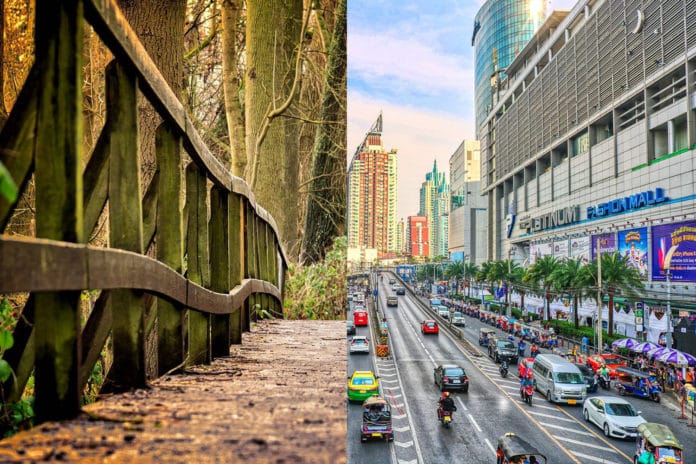A new study sought to measure the changes in a person’s walking patterns through an environment. The outcomes allow scientists to understand individual comfort on a moment-to-movement basis.
A study by the University of Bristol has discovered that people who felt more at ease in urban environments had as regular stepping patterns as folk who felt relaxed walking in nature. This implies that a well-designed urban environment can be similarly beneficial for concentration and attention as natural surroundings.
If a person is uncomfortable with their surroundings, their stepping patterns become slower and more variable.
Lead author Daria Burton of Bristol’s School of Psychological Science said: “Measuring the changes of a person’s walking patterns through an environment allows us to understand their experienced comfort on a moment-to-moment basis.”
“This is an important step toward being able to objectively quantify the impact of particular architectural designs on people’s wellbeing.”
“As our cognitive faculties begin to decline in older age, the stepping patterns we make with our feet become slower and more variable, relative to when we are younger in the prime of our health. We found that the same thing happened when people walked toward images of urban and nature scenes they didn’t feel comfortable with – their stepping patterns became slower and more varied, relative to when they were looking at scenes they found comfortable and which they liked.”
“Not only does this suggest that environments in which we feel comfortable and safe place fewer processing demands on our brains; it demonstrates how measuring the real-time dynamics of our gait provides us with a powerful new tool for informing on the cognitive impacts of architecture and urban design.”
Journal Reference:
- Daria Burton, Jeremy F. Burnet al. Nature benefits revisited: Differences in gait kinematics between nature and urban images disappear when image types are controlled for likeability. DOI: 10.1372/journal.pone.0256635
